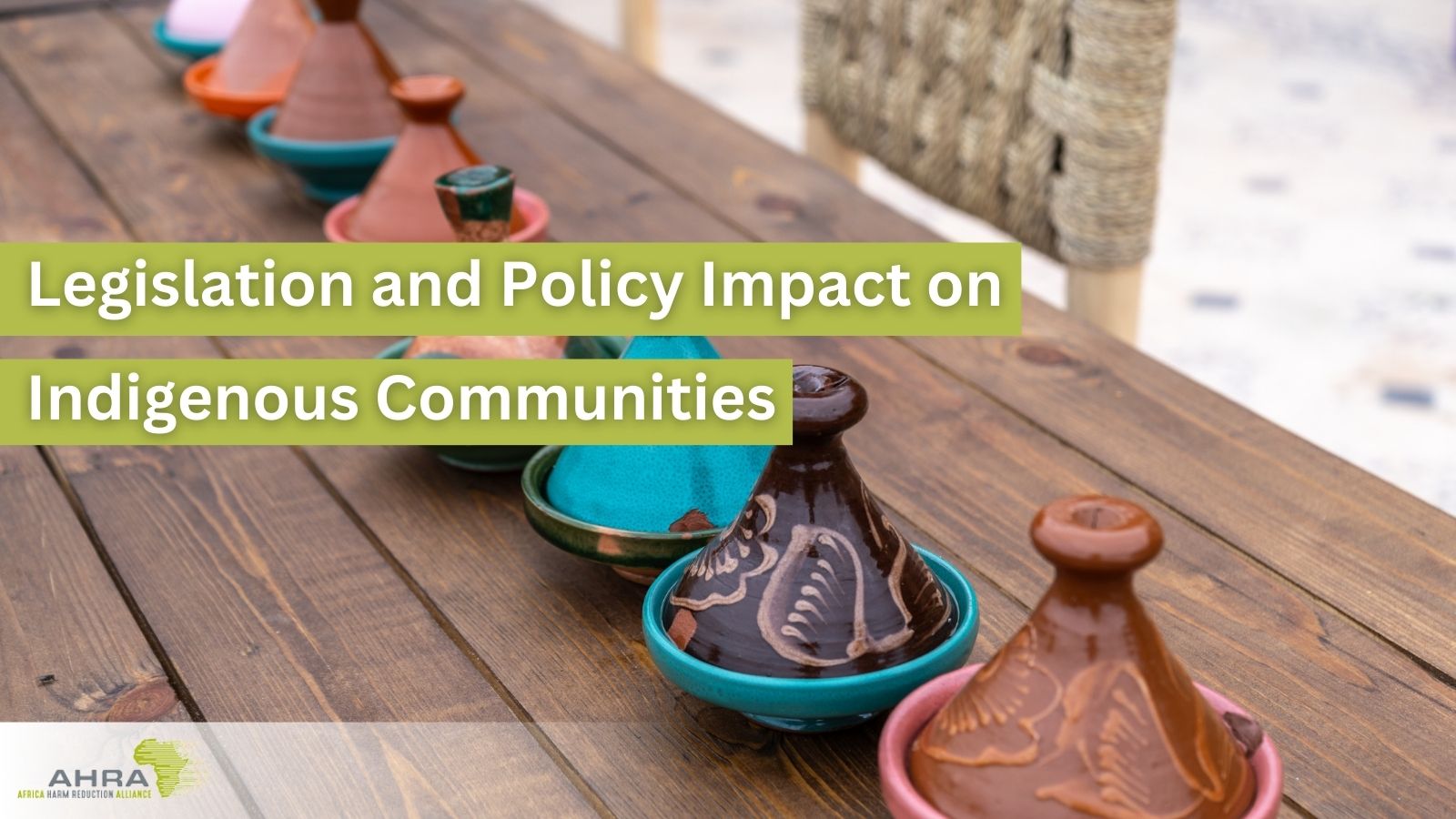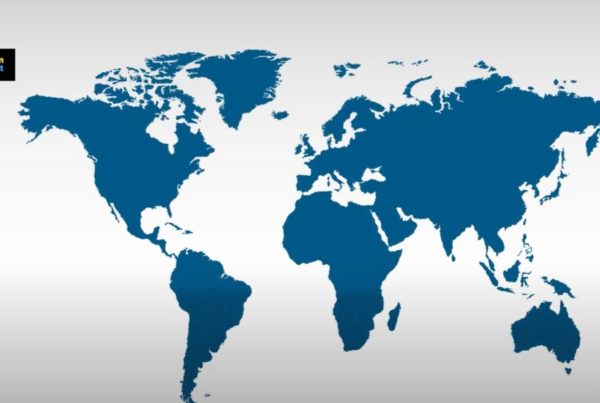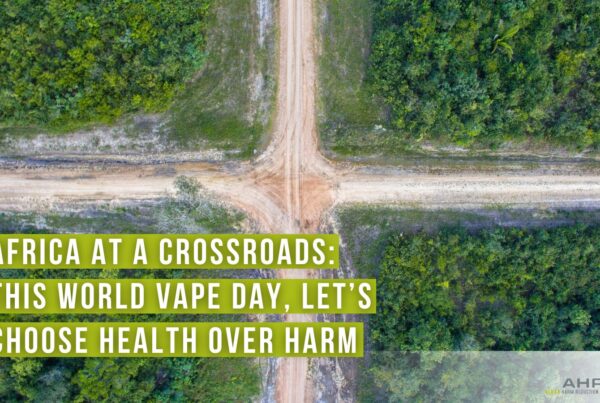Indigenous people in low and middle-income countries experience an alarmingly high burden of smoking-related morbidity and mortality, with tobacco use being a major factor in indigenous health inequities.
Smoking prevalence has declined among the general population in many high-income countries after the introduction of novel nicotine products, including Sweden & the U.K. However, the prevalence of tobacco use among indigenous communities in LMICs continues to be disparate.
The W.H.O Framework Convention on Tobacco Control was shown to lower smoking prevalence in high-income countries effectively, however, focus on marginalised settings in Africa is sparse. There is little evidence that progress is being made towards reducing indigenous tobacco use, including the implementation of indigenous-focused initiatives for the marginalised community.
In many African countries, the right to health of the indigenous population has not received the attention of policymakers. Despite the World Health Assembly adopting resolution 76.16 in May 2023 requesting the W.H.O. Director-General to develop a Global Plan of Action for the Health of Indigenous People, health policies and programs developed in Africa often do not meet the needs of these marginalised groups.

Inadequate investment in tobacco control and cessation programs has prevented effective tobacco control implementation among indigenous communities. The growing prevalence of tobacco use among indigenous people and the hurdles of conducting tobacco cessation in that context necessitates a rethink in our approach.
Access to smoking cessation services and programs for indigenous peoples should not be viewed as a charity or privilege; rather, it should be seen as a human rights imperative. It’s socially unjust that these groups are being systematically ignored by local cessation initiatives. A failure to equitably reduce tobacco harm among all groups across society has contributed to the perceived concentration of smoking in some subgroups in Africa.
It is clear that for African governments to meet the health needs of the indigenous population in the region, a more pragmatic approach grounded in respect for human rights is essential. Such an approach must recognise the rights to dignity and non-discrimination of indigenous peoples. Policymakers must strive through the adoption of appropriate and proven harm reduction measures that have worked in developed countries to reduce smoking rates among indigenous peoples.
THR Topics
Popular Posts
Quick Links
Women in THR
Related Posts
 Letter to the World Health Organization (WHO)
Letter to the World Health Organization (WHO)
Letter to the World Health Organization (WHO)
 Public Health implications of vaping in Germany
Public Health implications of vaping in Germany
Public Health implications of vaping in Germany
 Public Health implications of vaping in the United States of America
Public Health implications of vaping in the United States of America








